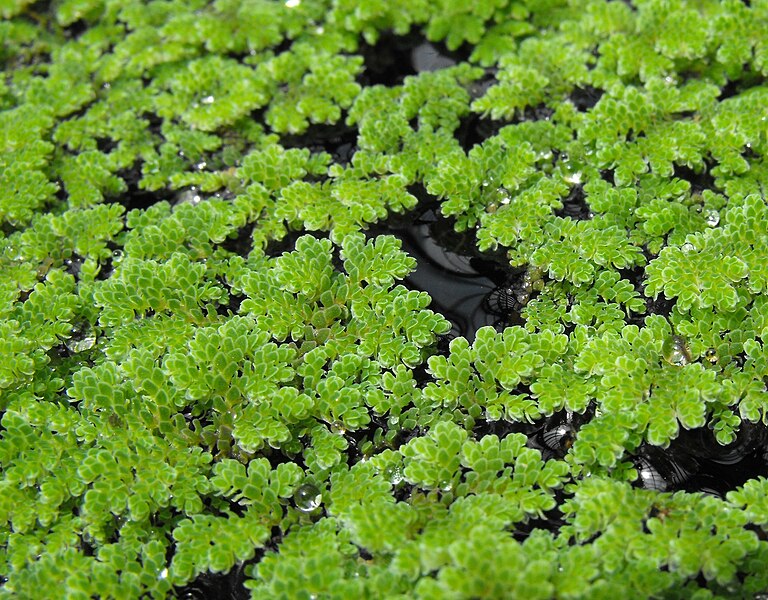 |
| Shin-dagger (Agave lechuguilla) |
During a recent trip to the American Southwest, I found Shin-dagger. Not by accident, thankfully. It immediately occurred to me, however, that Shin-dagger is one for the books.
Shin-dagger - aka
Agave lechuguilla - is similar in many respects to its larger relative,
Agave americana, also known as Century Plant. R-E-S-P-E-C-T is the key word, and not just a little bit. It's smaller than the Century Plant but every bit as formidable. It throws up a magnificent, tall flower spike ONCE during its decade-long life, then dies. It thrives in hot, dry environments. It is (or was) quite useful to American Indians as a source of fiber - maybe for tequilla, too, but I don't know that for certain.
Another plus for Shin-dagger is that it requires practically no maintenance, and that's a good thing since working around it can be somewhat hazardous to your flesh. Those sharp spines also make it a perfect choice as a serious discouragement to trespassers, especially of the two-footed persuasion. As for four-legged species, it lacks gastronomic appeal. Deer, for example, won't eat it.
Keep in mind that "formidable" doesn't have to mean "ugly." As with many cacti and succulents, it is very appealing, form-wise. So are the flowers.
So, if these traits fit your bill, by all means include several Shin-daggers in your landscape.
Name(s): Agave lechuguilla, Agave poselgeri, Agave multilineata, Agave lophantha var.tamaulipasana, Agave lophantha var. subcanescens, Agave lophantha var. poselgeri, Shin-dagger, Lechuguilla, Tampico Fiber
Flower Color: Red to yellow
Bloom Time: Early spring to mid-Spring
Foliage: Evergreen, succulent, gray-green, sharp, spiny.
Height/Spread: 24 inches x 24 inches.
Climate Zones: 7, 8, 9, 10, 11
Sun Exposure: Full sun
Soil Condition: Well-drained to dry, sandy, average to poor, pH 6.1 to 7.8
Features: Drought tolerant, deer resistant, disease and pest resistant. Poor drainage may lead to root rot.
Uses: Xeriscaping, massed planting, naturalizing, desert gardens, native plant collections, cacti and succulent collections, borders, "homeland security."
Comments: Shin-dagger flowers once at about 10 to 15 years of age, then dies. The stately flower stalk can reach to 12' high. In the meantime, small shoots are produced at the base of the plant. These may be separated and planted elsewhere. Leaf edges are very sharp. Handle with care!
I'd like to know your thoughts on Shin-dagger. Have you grown it? Run into it? Tell us about your experience with Shin-dagger in the comment section.
Return to
GoGardenNow.com.

































































